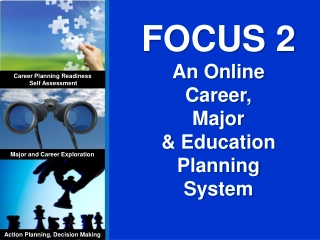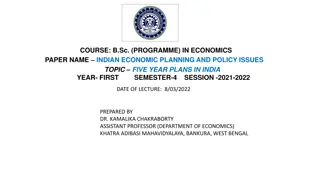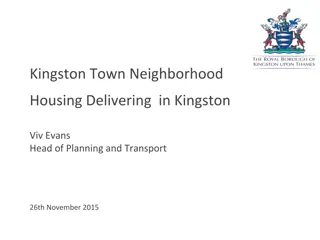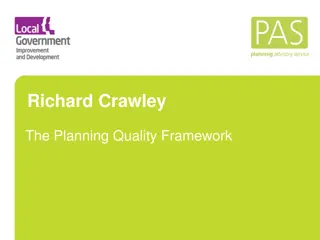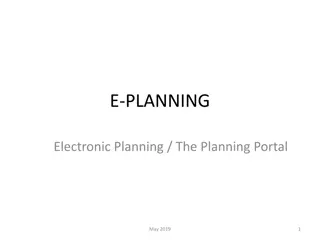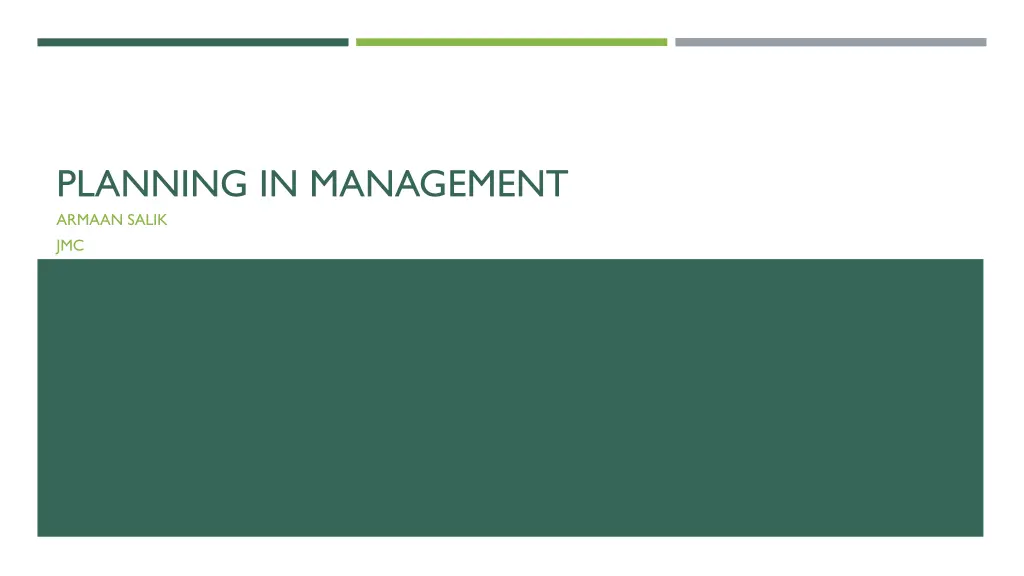
Effective Planning in Management: Strategies, Significance, and Process
Dive into the world of planning in management with a comprehensive overview of its concept, significance, and classifications including strategic, tactical, and operational plans. Understand the key factors, process, and barriers to effective planning to enhance organizational success.
Uploaded on | 2 Views
Download Presentation

Please find below an Image/Link to download the presentation.
The content on the website is provided AS IS for your information and personal use only. It may not be sold, licensed, or shared on other websites without obtaining consent from the author. If you encounter any issues during the download, it is possible that the publisher has removed the file from their server.
You are allowed to download the files provided on this website for personal or commercial use, subject to the condition that they are used lawfully. All files are the property of their respective owners.
The content on the website is provided AS IS for your information and personal use only. It may not be sold, licensed, or shared on other websites without obtaining consent from the author.
E N D
Presentation Transcript
PLANNING IN MANAGEMENT ARMAAN SALIK JMC
CONCEPT OF PLANNING Planning is the process of setting objectives and determining the best course of action to achieve them. Key Factors : 1. Establishing goals. 2. Developing strategies to achieve those goals. 3. Allocating resources efficiently. 4. Anticipating potential challenges.
SIGNIFICANCE OF PLANNING Importance: Provides direction and a sense of purpose. Reduces uncertainties and risks by anticipating future conditions. Facilitates decision-making by providing a framework. Promotes efficient use of resources. Enhances coordination among different departments.
CLASSIFICATION OF PLANNING Strategic Plan: Definition: Long-term planning focused on achieving broad organizational goals. Scope: Covers the entire organization. Timeframe: Typically 3-5 years or more. Examples: Market expansion strategies, mergers, and acquisitions.
CLASSIFICATION OF PLANNING Tactical Plan: Definition: Short to medium-term planning that translates strategic plans into specific actions. Scope: Focuses on specific departments or functions. Timeframe: 1-3 years. Examples: Marketing campaigns, product development plans.
CLASSIFICATION OF PLANNING Operational Plan: Definition: Day-to-day planning that deals with the routine operations of the organization. Scope: Very specific and detailed, focusing on short-term objectives. Timeframe: Daily, weekly, or monthly. Examples: Production schedules, staffing plans
PROCESS OF PLANNING 1. Setting Objectives: 5. Selecting the Best Alternative: 1. Choose the most suitable course of action. 6. Implementing the Plan: 1. Execute the chosen plan with the necessary resources. 7. Monitoring and Controlling: 1. Continuously track progress and make adjustments as needed. 1. Define clear, measurable, and achievable goals. 2. Developing Premises: 1. Assumptions about the future environment in which plans will operate. 3. Identifying Alternatives: 1. Explore different ways to achieve the objectives. 4. Evaluating Alternatives: 1. Assess the pros and cons of each alternative.
BARRIERS TO EFFECTIVE PLANNING Lack of Information: Incomplete or inaccurate data can hinder effective planning. Resistance to Change: Employees may resist new plans or changes in existing plans. Inflexibility: Rigid plans that don t allow for adjustments can fail when unexpected situations arise. Overemphasis on Present: Focusing too much on current operations can limit future-oriented planning. Complexity: Overly complicated plans may be difficult to understand and implement.
OVERCOMING BARRIERS Encourage Flexibility: Develop adaptable plans that can evolve with changing circumstances. Improve Communication: Ensure clear and open communication during the planning process. Engage Stakeholders: Involve key stakeholders in the planning process to gain their support. Use Technology: Leverage data analytics and planning tools to improve accuracy and efficiency. Regular Reviews: Conduct periodic reviews to assess and update plans as needed.

